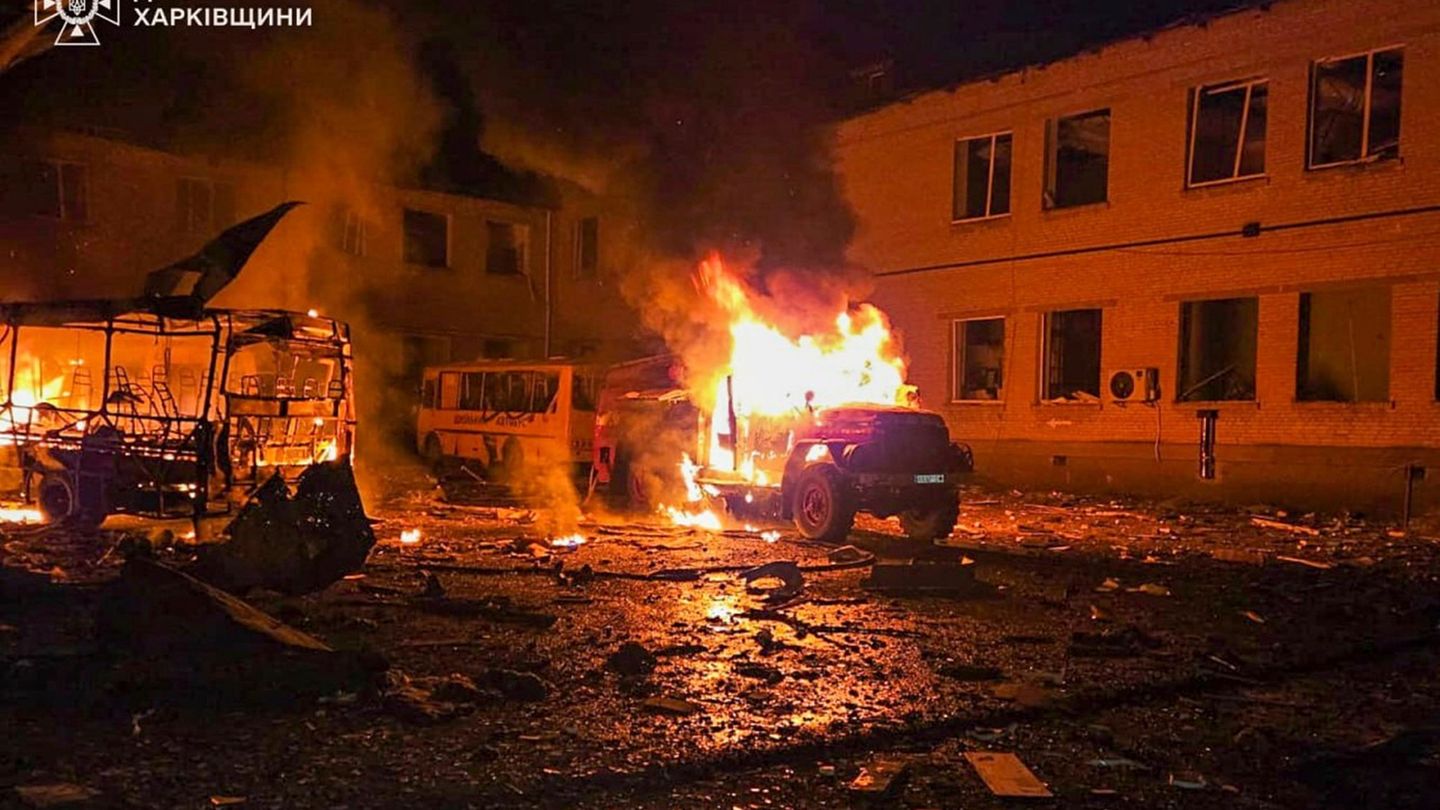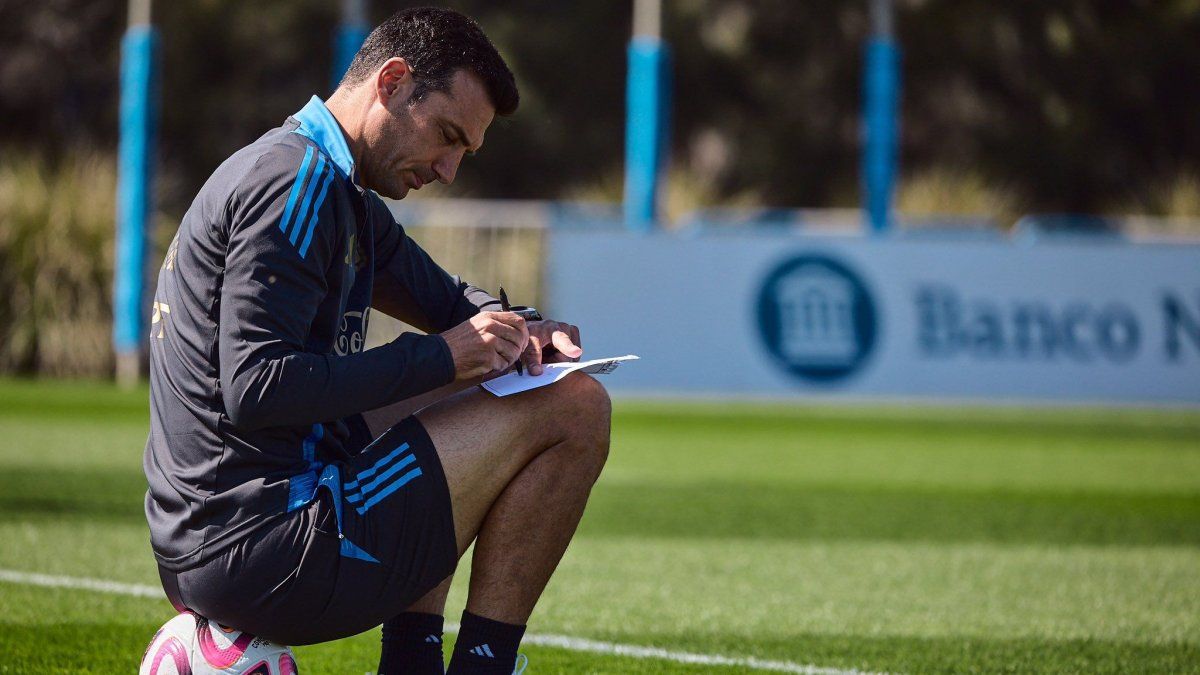analysis
These 30 days can decide on Ukraine
Copy the current link
Add to the memorial list
In the ceasefire of 30 days, only plants of the energy sector of bombing are to be left out, otherwise the war continues to rage. Why are 30 days so important.
It indicates that Russia and Ukraine partially do without attacks. What kind of armistice is it? A first proposal was rejected by Russia. Ukraine had agreed to accept a 30-day ceasefire. The Ukrainian proposal provided for a stop of all rocket, drone and bombing raids in the depth of the two countries and in the Black Sea. It should apply for 30 days. An end of the land war and thus probably also of air raids in the front area was excluded.
As expected, Russia rejected this advance. In fact, he would have brought clear advantages for Ukraine. Russia has the upper hand in the strategic air war. If Putin had accepted the proposal, the Ukrainian military could have operated on in the majority of the country as well as in peace. Kyiv had relocated troops unhindered that the allies could have brought war material into the country unhindered. The 30 days would also have allowed air defense systems such as Patriot or F-16 ammunition to integrate without threats from Russian rockets and to strengthen defense ability.
Waffe arrest only for the energy sector
The current proposal comes from the phone call between Donald Trump and Putin. The initiative shows that the United States wants to strengthen its role, possibly to bypass Europe and have a direct impact on Putin. “Ceasefire” is a word that is too big. He stipulates that Russia will not attack Ukrainian energy systems for 30 days, provided that Ukraine also dispenses with attacks on Russian energy infrastructure. This waiver has no effect on the current fighting on the ground and the death of soldiers and civilians. Both sides only stop destroying the opponent’s civilian infrastructure in the energy sector. This type of strategic warfare is designed for long periods of time, it serves to permanently damage the other country’s economy.
Where is the advantage of this agreement?
In this special case, there is no clear loser and no winner. Both sides suffer from the attacks. Kyiv always succeeds in meeting oil refineries in Russia. Because of the type of goals – large expansion, flammable materials – small battle heads can cause great damage. These attacks affect the war -important exporter -proceeds Moscow. Russia’s attacks against power plants and facilities for energy supply throw back the economy of Ukraine for decades. So far there have never been long -lasting flat blackouts, but this is because an “emergency supply” is prioritized at the expense of the economy.
Another reason is that the Russians have so far not bombed nuclear power plants due to the risk of nuclear contamination. 70 to 80 percent of the non-nuclear energy infrastructure (heat and hydropower plants, substation, etc.) are said to have been destroyed last winter. This also has humanitarian consequences: most recently millions of Ukrainians without electricity and heating, hospitals became unusable, and about ten million people are affected.
On the other hand, attacks on Russian refineries disrupt fuel supply and could fuel displeasure. In January 2024, the damage was estimated at around $ 16 billion, and it has now grown further. The reconstruction costs with new systems would be several times higher. Prime Minister Schmyhal estimates $ 68 billion for the energy sector, for Russia, refinery damage could increase the raw oil export dependency. If there is peace at some point, it will take years and need significant means to rebuild the energy supply.
The partial waiver of attacking the energy sector can be easily implemented. Such attacks are planned meticulously and arranged by superiors. Unlike a ceasefire on the front, it is unlikely that individual fanatics will break the agreement. Or that errors and provocations lead to a renewed flare of the fights. The waiver is easy to monitor. A drone strike in a refinery or the explosion of a rocket in the turbine room of a power plant would be clear signs that the leadership of the country, which has ordered the attack, is not willing to comply with a very limited agreement.
What does this “ceasefire” not mean?
This waiver has no influence on the fights on the front line. The floor war continues uninhibitedly and thus also dying. In view of possible far -reaching negotiations, an intensification of the fights is to be expected. Both sides will try to improve their position at the negotiating table by success on the front. Russia just showed it: the front lead in the Kursk area conquered by the Ukrainians would have been a trump card for Kiev. After the Russians defeated the Ukrainian armed forces there and they were able to drive them out almost entirely from the Russian area, Kiev cannot continue to use this area in negotiations.
Kyiv could try to fill Russian territory elsewhere. However, the last advances failed. The Russians, on the other hand, will use their momentum and continue to attack. They will try to weaken the Ukrainian armed forces more and more. Maybe you will even change your tactics. So far, they are trying to slow down the opponent. You could possibly prioritize area gains.
The agreement does not mean a break in the strategic air war. The attacks with far -reaching drones, ballistic rockets and marching flight bodies can be continued as long as only the energy sector is left out. Instead of the refineries, the Ukrainians could concentrate at airports and supply bases of the Russians. The Russians will do something similar. Specific example: The attacks on Odessa’s port facilities are not affected by the waiver. Accordingly, there will be further civilian victims far from the front. Of course, the parties can expose the attacks and resume after 30 days. Or both sides open their arsenals, which then tightens the fights. An extension would be possible if negotiations show progress.
The beginning of a beginning
Is the renunciation of attacks in the energy sector a first step towards peace? That would be too optimistic. It is a first step towards serious negotiations that can lead to peace. However, this agreement should not be undervalued. It would be a beginning, both sides have the opportunity to either prove good will, or you can go torpedo this start. Just as things lie, more peace is hardly to be expected at the present time. Just as it is probably realistic that the US government is currently advising separately with each page. It is to be feared that there would only be an eclat if a Ukrainian and a Russian delegation in a room. It is in the stars whether Donald Trump and his government succeed in exploring a path that can be viable for both sides.
As a reminder: North Vietnamese and the United States negotiated 4.5 years about an end to the fights in Vietnam. But at least the Trump government makes this attempt. Anyone who believes that the Russian force will soon collapse and Kiev will win on all fronts in 2026 will dismiss the negotiations as premature. However, if one assumes that the Russians are successful with their form of the war of wear and that the position of Ukraine deteriorates month to month, Trump’s attempt to end the war will be better evaluated.
Source: Stern
I have been working in the news industry for over 6 years, first as a reporter and now as an editor. I have covered politics extensively, and my work has appeared in major newspapers and online news outlets around the world. In addition to my writing, I also contribute regularly to 24 Hours World.




